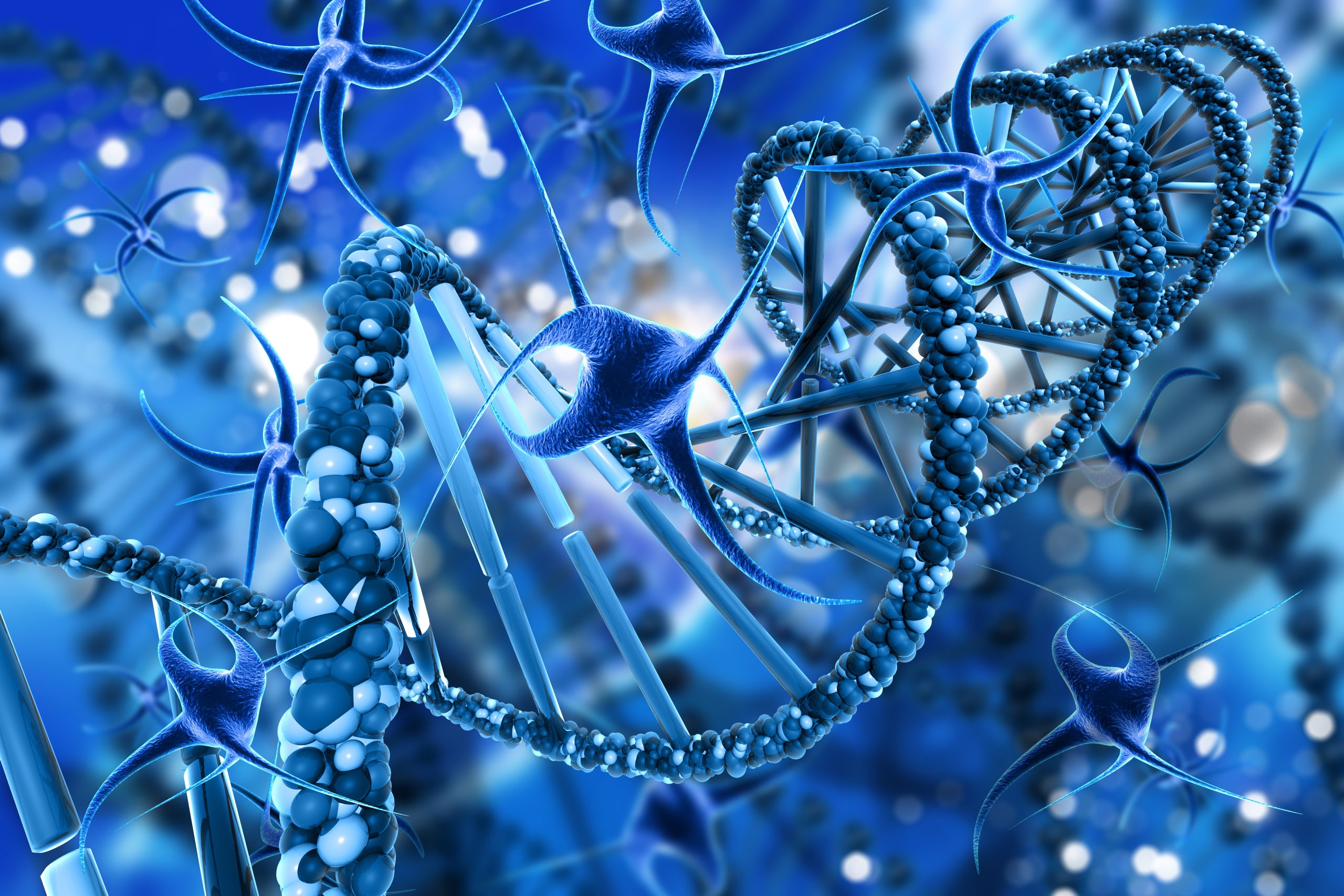
Jumping genes Alters the Genome
On May 19, 2025, researchers from the Karlsruhe Institute of Technology (KIT) announced they have have discovered how transposons – short DNA sequences are capable of relocating within the genome.
They “jump” from one place to another, not uniformly distributing across the genome, but often grouping together in clusters. This is made possible by a physical effect that results in local unfolding of the genome. The results were published in the Biophysical Journal.
A large part of the genome is composed of repetitive sequences, so-called transposons. They are involved in important processes, such as early embryonic development or control over which genes are used by the cell. Transposons can change their position in the genome. However, they cannot jump to just any part of the DNA because our DNA is not a loose thread, but is compactly folded in the cell nucleus – in a structure called chromatin. Some areas are particularly densely packed and difficult to access.
Based on this knowledge, a research team led by Professor Lennart Hilbert at the Institute of Biological and Chemical Systems at KIT has found an explanation for this transposon clustering. “Transposons can ‘unfold’ the genome at certain points, making it accessible for further transposons,” explains Hilbert. “This results in positive feedback where a transposon loosens the local structure of the DNA and others follow, turning individual jumps into group landings.”
Findings about the behavior of transposons help researchers to understand how genomes were shaped over millions of years. They are also relevant for understanding the development of various diseases. LINE-1 transposons are particularly interesting. LINE-1 sequences (Long Interspersed Nuclear Element-1) are a family of repetitive DNA sequences that make up a large part of the human genome. They can be reactivated during the development of cancer and will then start jumping again. Their uncontrolled movement in the genome can lead to mutations that cause cancer.
Tags:
Source: Karlsruhe Institute of Technology
Credit:
